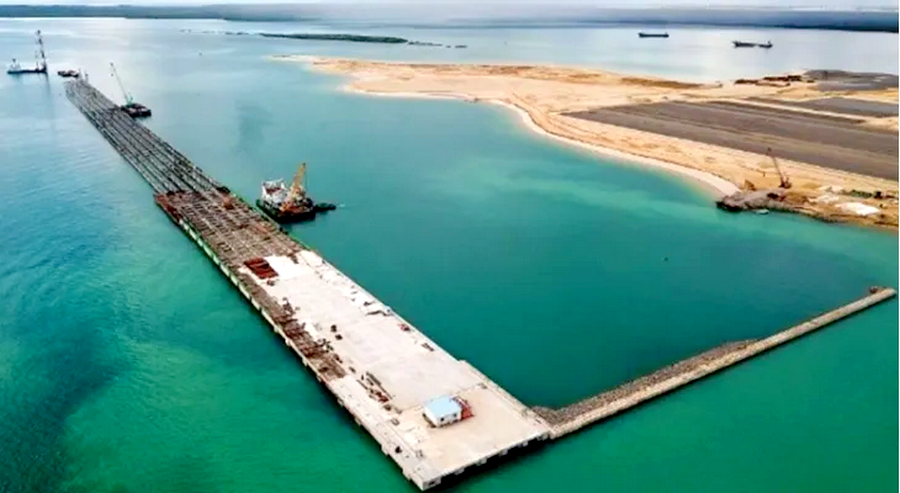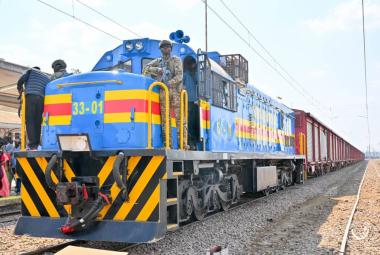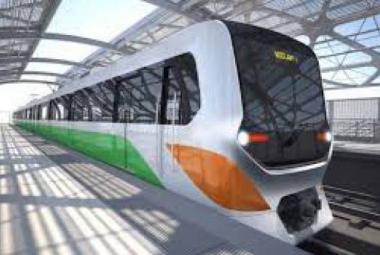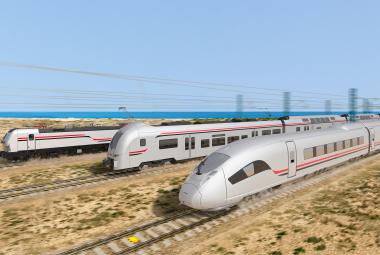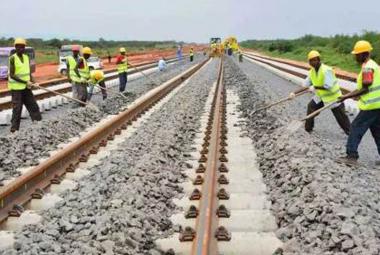The African Time Monitoring
Kenya has announced plans to build an electric high-speed railway costing $13.8 billion that would connect Ethiopia and South Sudan by starting from Lamu port in the Indian Ocean.
The would-be 3,000 km (1,864 miles )long infrastructure, expected to be unique, would start working in 2025, according to reports.
It is said that the railway line will start from the Indian Ocean, through Osiolon, the central city of Kenya, connecting Nairobi and Addis Ababa, and will make its final destination in Juba, South Sudan.
This high-speed rail line, which has multiple social, political and economic benefits, is billed to reduce Ethiopia's "dependence" on the ports of Assab and Mtswa, as well as Djibouti.
It has been argued that South Sudan would have a second port through the construction of this fast railway line.
When the construction of the railway line is completed and its service begins, Lapset, which has signed a contract to provide transportation services from Lamo port to Ethiopia and South Sudan, announced that it will transport more than 29 million tons of cargo and 700 thousand travellers annually.
Ethiopia is a landlocked country in East Africa. This means that it does not have any direct access to the sea. All of Ethiopia's trade and commerce must pass through neighbouring countries.
Ethiopia pays billions of U.S. Dollars in port fees to Djibouti each year. Djibouti is the only country that Ethiopia can access via sea, and it has a monopoly on Ethiopia's trade. This makes Ethiopia vulnerable to price gouging by Djibouti.
The high cost of using the port of Djibouti is hurting Ethiopia's economy. It makes it more expensive for Ethiopian businesses to import and export goods. This makes them less competitive in the global market. It also makes it more difficult for Ethiopia to import essential goods, such as food and fuel.
Ethiopia could benefit from an alternative port on the Red Sea. This would allow the nation to bypass Djibouti and reduce its shipping costs; and would also make it easier for Ethiopian businesses to export their goods to Europe and Asia.
There are a few potential sites for an alternative port in Ethiopia. One possibility is the port of Berbera in Somaliland. Another possibility is the port of Assab in Eritrea. Both ports would be located on the Red Sea, which would give Ethiopia access to international shipping lanes.
The construction of an alternative port in Ethiopia would be a major undertaking. It would require significant investment and a commitment from the Ethiopian government. However, it would be a worthwhile investment, as it would help to boost Addis Ababa's economy and improve its global competitiveness.
Source: https://theafricantime.com
The African Time (ETHIOPIA)



